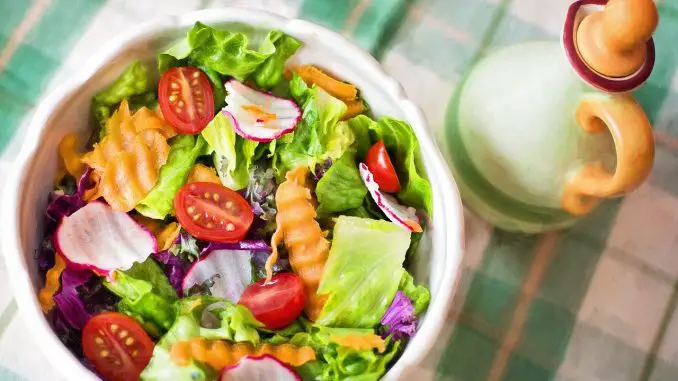
Today, we eat too much meat. It is neither healthy nor environmentally sustainable. We need to eat more vegetarian to contribute to a better environment, partly because meat production causes large greenhouse gas emissions.
The climate aspects of the meat are more than greenhouse gas emissions. Raising animals requires more resources than growing cereals, vegetables or fruits. But it is not the animals themselves that are the problem, but how many, in what way and where they are raised.
A large part of the grain that is grown, both locally and imported, turns into food for animals, which is a huge waste of resources. In today’s ecological farming, energy-demanding artificial fertilizers are also produced, which are produced using fossil energy. It contributes to a significant climate impact and is not sustainable in the long run.
But there are also benefits to animal production. Animals grazing in pastures, such as lamb and beef, provide increased biodiversity. Organic production makes nature less vulnerable and better equipped for climate change. In sustainable agriculture, nutrients for plants can be supplied from livestock manure, or through the cultivation of nitrogen-fixing crops, such as e.g. clover.
Pork and chicken
Pigs and chickens cannot eat grass. Today, their feed consists mostly of wheat, barley, soy, peas, vitamins, and minerals. They also get industrially produced proteins to grow quickly. Soy is not grown in northern parts of the world but is imported from other countries where cultivation poses major social problems and high environmental impact.
Although pork and chicken have a lower climate impact than, for example, cows and lambs, animal breeding rarely contributes to any environmental benefit.
Cows and sheep
Breeders such as cows and sheep emit large amounts of greenhouse gases, but can also contribute to environmental benefits if they graze in pastures and feed on grass fodder. But far from all the meat we eat today is produced in a sustainable way. Cows are all too often raised in cereals, imported soy and palm kernel flour. The meat that contributes to environmental benefits is the organic and locally produced.
Organic and certified food
Ecologically, the spread of chemicals reduces and gives the animals more opportunities to get out of their natural behavior. A large part of the animal feed consists of grass and the manure is carefully used and used in cultivation. In and around organic farming, there are about 30 percent more plants, birds and insects than conventional cultivation.
Demand-labeled products also contribute to the development of climate-adapted agriculture, as the rules for production also include reduced climate impact. This makes nature less vulnerable and better equipped for climate change.
But despite climate measures in organic farming, it is not possible to avoid all sources of greenhouse gases, such as greenhouse gas emissions from cows and sheep. And if the animals live longer before slaughter, echo meat can give higher emissions of greenhouse gases. So, to reduce the climate impact of food, it is always important to eat more vegetarian.
Environmentally and climate-smart meat choices
Eating less meat is best for both the environment and the climate. If and when you eat meat – choose smaller portions of organic or locally produced meat from local farms.
Leave a Reply